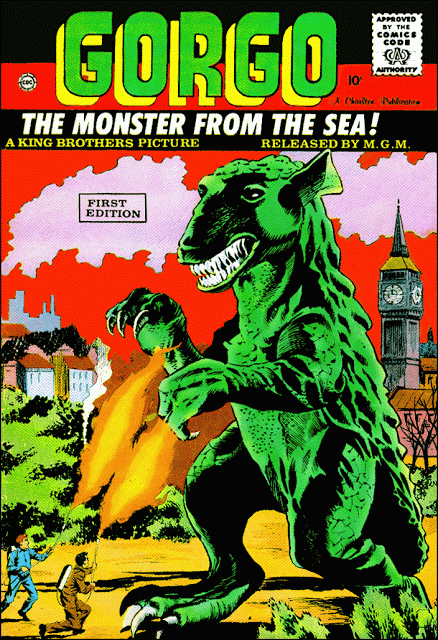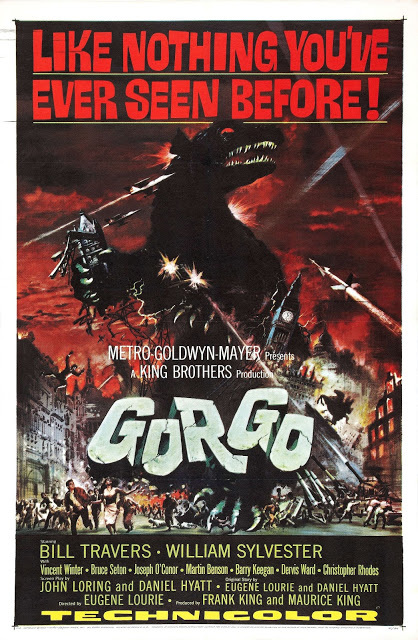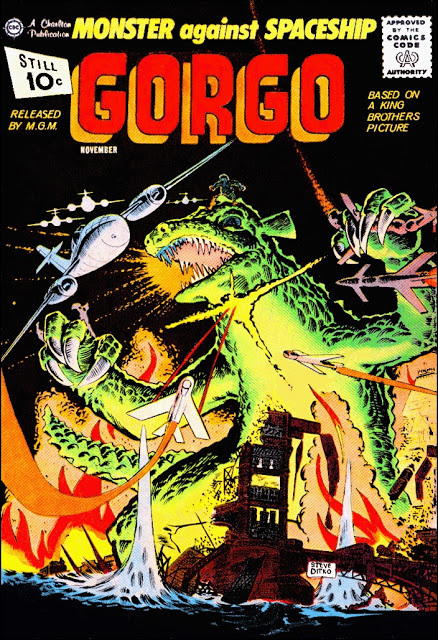- Home
- Features
- Movies/Media
- Collectibles
- Comics/Books
-
Databases
-
Figure Database
>
-
X-Plus Toho/Daiei/Other
>
- X-Plus 30 cm Godzilla/Toho Part One
- X-Plus 30 cm Godzilla/Toho Part Two
- X-Plus Large Monster Series Godzilla/Toho Part One
- X-Plus Large Monster Series Godzilla/Toho Part Two
- X-Plus Godzilla/Toho Pre-2007
- X-Plus Godzilla/Toho Gigantic Series
- X-Plus Daiei/Pacific Rim/Other
- X-Plus Daiei/Other Pre-2009
- X-Plus Toho/Daiei DefoReal/More Part One
- X-Plus Toho/Daiei DefoReal/More Part Two
- X-Plus Godzilla/Toho Other Figure Lines
- X-Plus Classic Creatures & More
- Star Ace/X-Plus Classic Creatures & More
-
X-Plus Ultraman
>
- X-Plus Ultraman Pre-2012 Part One
- X-Plus Ultraman Pre-2012 Part Two
- X-Plus Ultraman 2012 - 2013
- X-Plus Ultraman 2014 - 2015
- X-Plus Ultraman 2016 - 2017
- X-Plus Ultraman 2018 - 2019
- X-Plus Ultraman 2020 - 2021
- X-Plus Ultraman 2022 - 2023
- X-Plus Ultraman Gigantics/DefoReals
- X-Plus Ultraman RMC
- X-Plus Ultraman RMC Plus
- X-Plus Ultraman Other Figure Lines
- X-Plus Tokusatsu
- Bandai/Tamashii >
- Banpresto
- NECA >
- Medicom Toys >
- Kaiyodo/Revoltech
- Diamond Select Toys
- Funko/Jakks/Others
- Playmates Toys
- Art Spirits
- Mezco Toyz
-
X-Plus Toho/Daiei/Other
>
- Movie Database >
- Comic/Book Database >
-
Figure Database
>
- Marketplace
- Kaiju Addicts
|
Gorgo is a 1961 British Giant monster movie. Directed by Eugène Lourié, it tells the story of an underwater monster's capture off the coast of Ireland. The monster is taken to London to be featured as a circus attraction. The film borrows elements from other monster movies, such as Godzilla and King Kong. Production The film was originally set to take place in Japan; this was then changed to France, and then finally changed to the UK. According to Bill Warren's film book Keep Watching the Skies, Australia was also considered for a locale, but the producers supposedly decided that audiences "wouldn't care" if a monster attacked Australia; Australia's alleged lack of worldwide recognizable landmarks for Gorgo to destroy was also cited as a consideration. The location where Gorgo first appears, the fictional Nara Island, is likely a tribute to the Godzilla series; Nara being a historical period of Japan: alternatively, it may be an anagram for the Aran Islands, off Ireland's west coast. The exterior scenes set in Ireland were filmed at Bulloch Harbour and Coliemore Harbour, both near the County Dublin town of Dalkey. Other scenes were filmed at the MGM-British Studios in Borehamwood in Hertfordshire. Scenes where Gorgo is driven through the streets of London were shot on a Sunday morning when there was no traffic. The film studio wanted Gorgo to fight the military despite director Eugène Lourié's objections. Later, Lourié would acquire a print of the film and remove the footage. Gorgo's special effects were achieved by suitmation and miniaturization, a technique pioneered in the Godzilla films. The younger Gorgo was smaller than usual giant monsters so the sets around him were built to a larger scale leading to a greater sense of realism and believability. The creatures were also shot with then-pricey slow-motion cameras to create a sense of scale. The effects were complex and are well respected by special effects artists and fans. The film is also sometimes praised for its innovative ending, which seems to have an environmentalist moral. Unusually for such films, the monsters, which are presented as innocent victims of human interference, survive and prevail. Novel and comic
A novelization of the film was released in paperback at the time of its original release (Gorgo by Carson Bingham (Monarch, 1960)). From 1961 to 1965 Charlton Comics published 23 issues of the comic Gorgo. It included work by Spider-Man co-creator Steve Ditko. The series was renamed Fantastic Giants with issue #24 which turned out to be the last issue of the series. Gorgo also appeared in a three issue mini-series that started off as Gorgo's Revenge, before it was renamed The Return of Gorgo with issue #2. The series ran from 1962-1964. Some of these issues were reprinted (in black and white) in a trade paperback in 2011 called Angry Apes n' Leapin Lizards.
0 Comments
Leave a Reply. |
Archives
January 2022
Categories
All
|
|
© 2011-2024 Kaiju Battle. All Rights Reserved.
|
Visit Our Social Media Sites
|
Proudly powered by Weebly
|
- Home
- Features
- Movies/Media
- Collectibles
- Comics/Books
-
Databases
-
Figure Database
>
-
X-Plus Toho/Daiei/Other
>
- X-Plus 30 cm Godzilla/Toho Part One
- X-Plus 30 cm Godzilla/Toho Part Two
- X-Plus Large Monster Series Godzilla/Toho Part One
- X-Plus Large Monster Series Godzilla/Toho Part Two
- X-Plus Godzilla/Toho Pre-2007
- X-Plus Godzilla/Toho Gigantic Series
- X-Plus Daiei/Pacific Rim/Other
- X-Plus Daiei/Other Pre-2009
- X-Plus Toho/Daiei DefoReal/More Part One
- X-Plus Toho/Daiei DefoReal/More Part Two
- X-Plus Godzilla/Toho Other Figure Lines
- X-Plus Classic Creatures & More
- Star Ace/X-Plus Classic Creatures & More
-
X-Plus Ultraman
>
- X-Plus Ultraman Pre-2012 Part One
- X-Plus Ultraman Pre-2012 Part Two
- X-Plus Ultraman 2012 - 2013
- X-Plus Ultraman 2014 - 2015
- X-Plus Ultraman 2016 - 2017
- X-Plus Ultraman 2018 - 2019
- X-Plus Ultraman 2020 - 2021
- X-Plus Ultraman 2022 - 2023
- X-Plus Ultraman Gigantics/DefoReals
- X-Plus Ultraman RMC
- X-Plus Ultraman RMC Plus
- X-Plus Ultraman Other Figure Lines
- X-Plus Tokusatsu
- Bandai/Tamashii >
- Banpresto
- NECA >
- Medicom Toys >
- Kaiyodo/Revoltech
- Diamond Select Toys
- Funko/Jakks/Others
- Playmates Toys
- Art Spirits
- Mezco Toyz
-
X-Plus Toho/Daiei/Other
>
- Movie Database >
- Comic/Book Database >
-
Figure Database
>
- Marketplace
- Kaiju Addicts








 RSS Feed
RSS Feed